Engineering And Technology
-
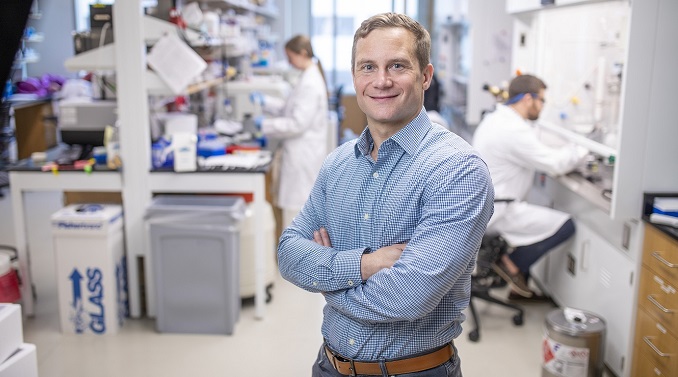
New nanoparticles boost immune system in mice to fight skin, breast cancer
Vanderbilt researchers have developed a set of nanoparticles that stimulate the immune system in mice to fight cancer and may eventually do the same in humans. Read MoreJul 25, 2024
-
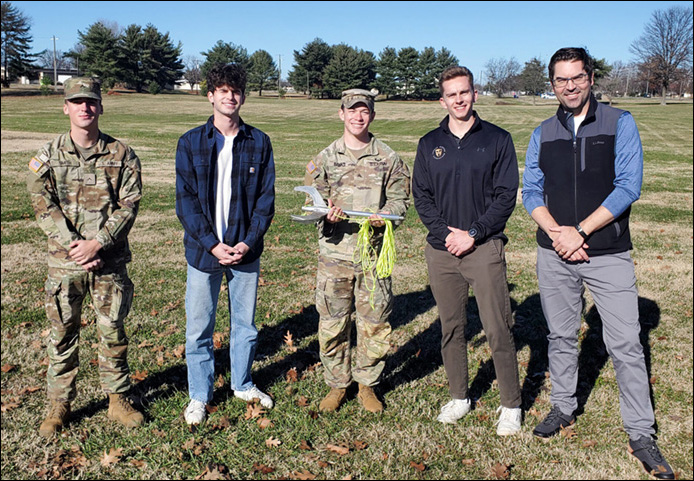
Vanderbilt-Army collaboration yields improved grappling hook for combat engineers
Three Vanderbilt engineering undergraduates and the U.S. Army’s Fort Campbell Eaglewerx Applied Tactical Center recently modified the Army’s current grapneler. Read MoreJul 25, 2024
-

VALIANT co-hosts summer school on innovations in deep learning and AI
The Vanderbilt Lab for Immersive AI Translation and its collaborators are hosting a week-long summer school Aug. 12-15 focused on cutting-edge advancements and practical applications of deep learning and artificial intelligence. Read MoreJul 25, 2024
-
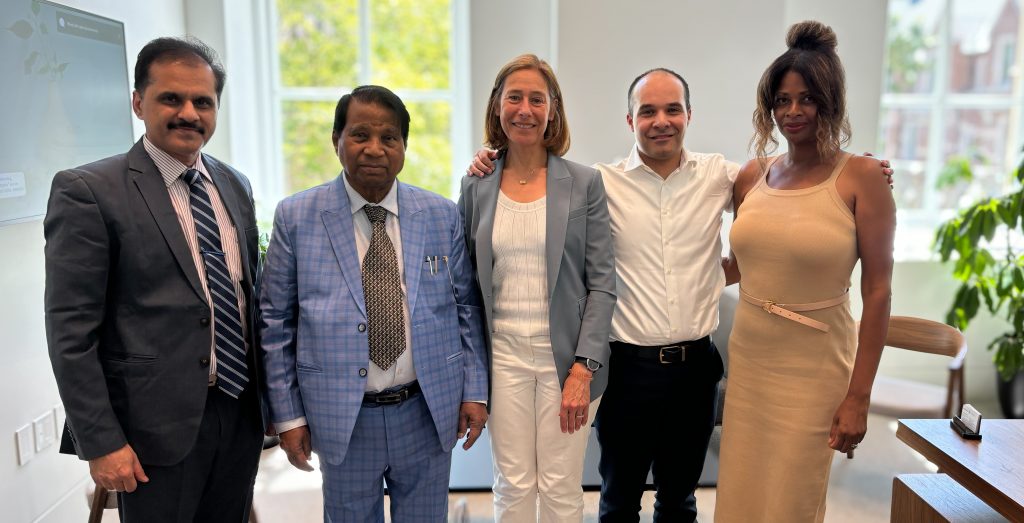
Chancellor of Vellore Institute of Technology in India makes first-time visit to Vanderbilt
Chancellor G. Viswanathan from Vellore Institute of Technology in India recently visited Vanderbilt University for the first time and met with administrators and faculty in the School of Engineering. Read MoreJul 12, 2024
-
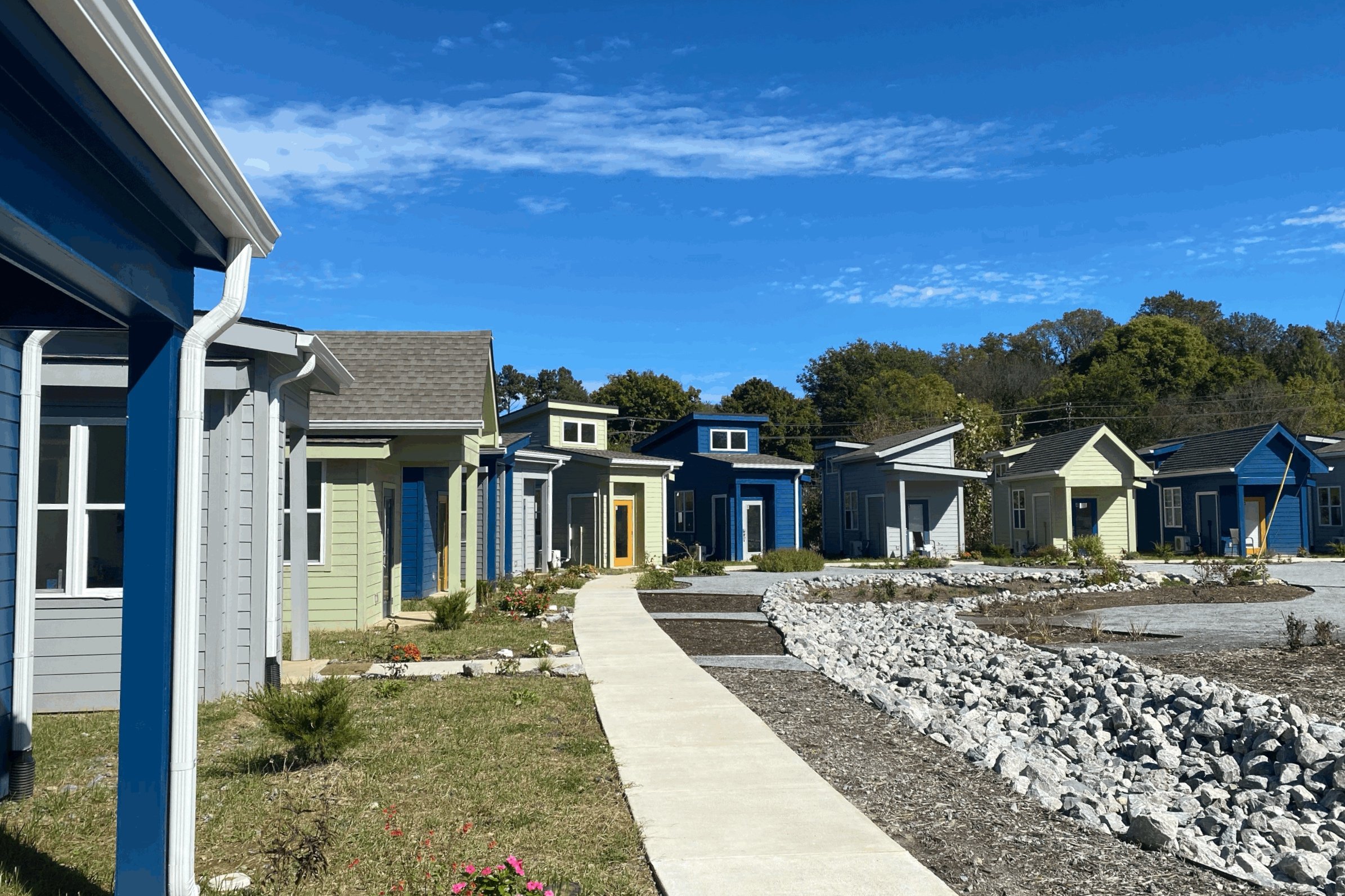
Tiny homes, big impact: Civil engineers tackle homeless recovery project
When civil engineering students met to choose their senior capstone design projects, they all wanted to work with The Village at Glencliff, a respite community of 12 tiny homes for some of Nashville’s most medically vulnerable homeless citizens that provides a safe place to recover after a hospitalization. So, they created three projects for one client. Read MoreJul 8, 2024
-
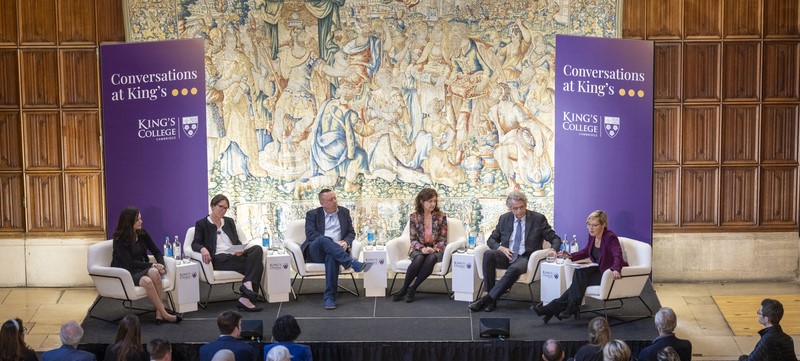
Vanderbilt researchers, leaders participate in convening at King’s College Cambridge to discuss critical issues pertaining to post-quantum cryptography
The May 21 event at King’s College brought together world-class researchers and academics as well as representatives from industry, and government officials, to explore the latest advancements in research, identify pathways for collaboration, and discuss challenges and solutions for post-quantum cryptography. Read MoreJul 8, 2024
-
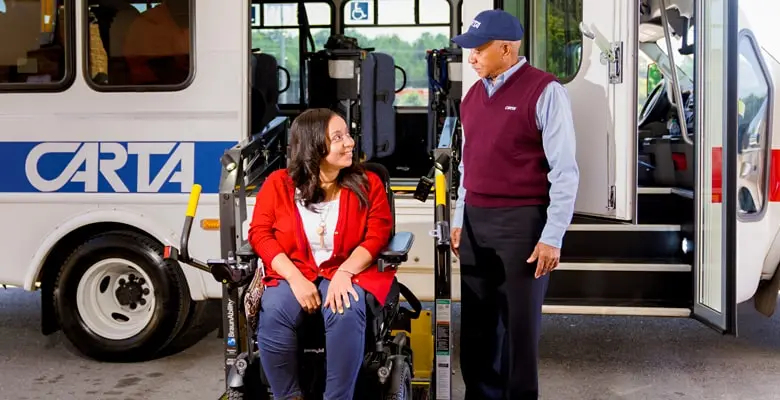
Test project uses AI system to improve transit accessibility in Chattanooga
Vanderbilt researchers have developed an innovative software system incorporating artificial intelligence that aims to improve the efficiency of public transportation for individuals with special needs. Read MoreJun 20, 2024
-
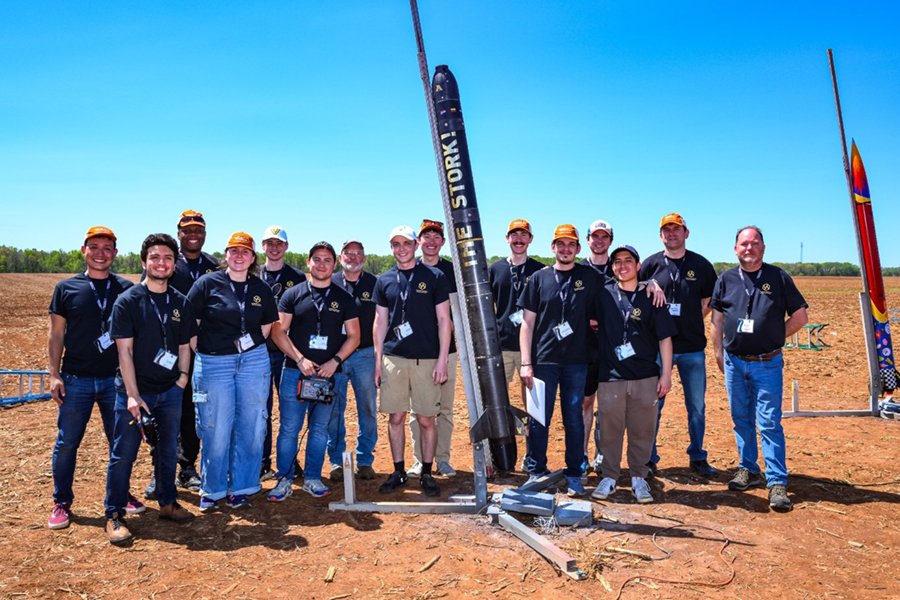
Vanderbilt rocket team to pursue drone success at 2024 NASA competition
Vanderbilt rocket team members are staying in the lab this summer to work on two designs of the drone that netted the team a second place award in the coveted AIAA Reusable Launch Vehicle Innovative Payload category at the 2024 NASA University Student Launch Initiative Division rocket competition in April. Read MoreJun 17, 2024
-
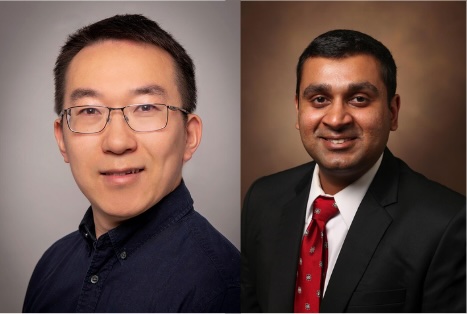
Robotic device restores wavelike muscular function involved in processes like digestion, aiding patients with compromised organs
A team of Vanderbilt researchers has developed a wirelessly activated device that mimics the wavelike muscular function in the esophagus and small intestine responsible for transporting food and viscous fluids for digestion. Read MoreJun 7, 2024
-
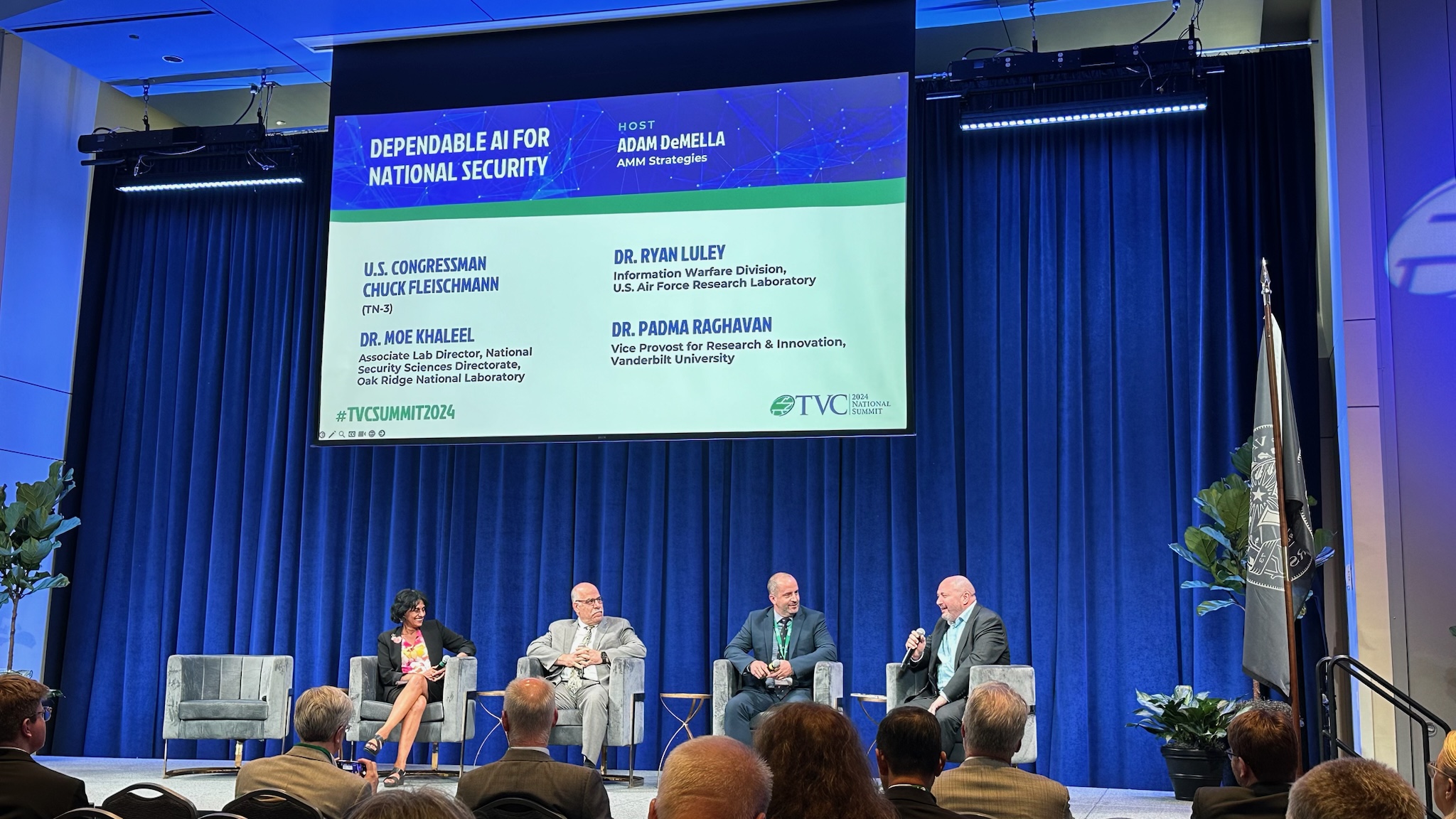
Tennessee institutions partner to develop dependable AI for national security applications
Vanderbilt University and the Department of Energy’s Oak Ridge National Laboratory announced a partnership to develop training, testing and evaluation methods that will accelerate the Department of Defense’s adoption of AI-based systems in operational environments. Read MoreMay 30, 2024
-
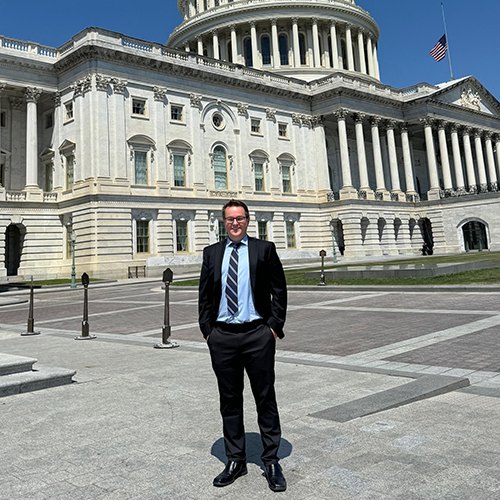
Jules White advises Congressional staff on AI impact in higher education
Vanderbilt University’s Jules White, a leading computer scientist and expert on large language models and prompt engineering, visited Capitol Hill recently to share his expertise with lawmakers. Read MoreMay 28, 2024
-
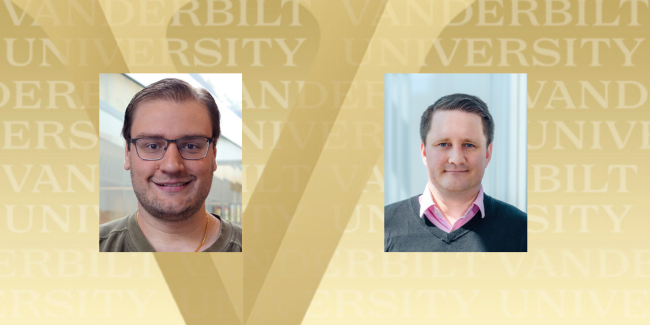
Vanderbilt researchers receive $2 million ARPA-H contract to improve software security in medical devices
Vanderbilt Department of Computer Science researchers Kevin Leach and James Weimer have won a $2 million award from the Advanced Research Projects Agency for Health to develop technology aimed at improving software security in medical devices like insulin pumps, pacemakers and stroke predictors. This is the first award Vanderbilt has received from ARPA-H, an agency within the National Institutes of Health with a mission to support “high-impact” solutions for pressing health care needs. Read MoreMay 20, 2024
-

Novel approach to safeguard patient data included among NSF-led National AI Research Resource Pilot
The U.S. National Science Foundation and the Department of Energy recently announced that a team comprised of Vanderbilt’s newly created ADVANCE center and VALIANT lab is among the first round of 35 projects that will be supported with computational time through the National Artificial Intelligence Research Resource Pilot. Read MoreMay 16, 2024
-
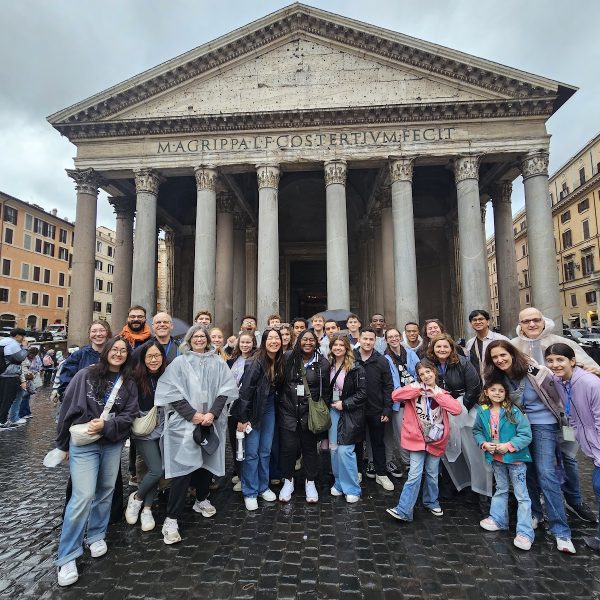
Trips to Italy, Israel highlight the benefits of Immersion Vanderbilt
Immersion Vanderbilt was created to provide new ways for students to develop better critical thinking skills and a stronger ability to navigate a changing world. Read MoreMay 15, 2024
-
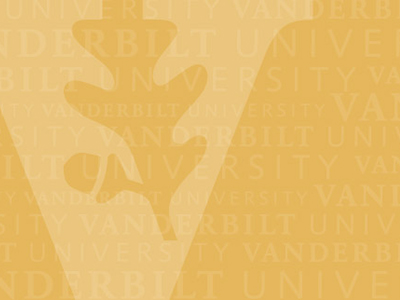
Vanderbilt scientists develop an algae time machine, advancing biomedicine
A Vanderbilt scientific team has succeeded in adjusting the daily biological clock of cyanobacteria, making the blue-green algae a more prolific producer of renewable fuels, chemicals, and pharmaceuticals, like insulin. Read MoreMay 14, 2024
-
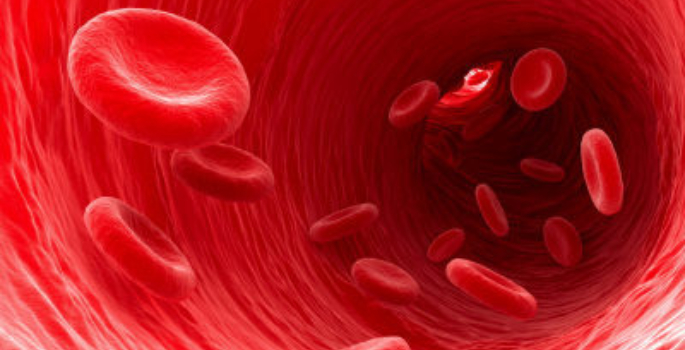
Vanderbilt researchers’ novel catheter-based technology to make endovascular procedures more efficient and safe
With hundreds of thousands of people in the United States having a stroke annually, Vanderbilt researchers are developing technology that could revolutionize the way blood clots are removed by allowing surgeons to complete the process more efficiently and safely. Read MoreMay 9, 2024
-

Ethics and equity in the age of AI
In April, Vanderbilt Peabody College of education and human development hosted the panel discussion “Ethical and Equity Considerations in the Age of AI” as part of the Peabody Dean’s Diversity Lecture series. The session explored societal, ethical and moral questions regarding AI’s growing role in higher education, with special consideration of social justice, bias, equity and discrimination concerns. Read MoreMay 7, 2024
-

Vanderbilt University, University of Cambridge, King’s College Cambridge, the White House and United Kingdom’s Government Communications Headquarters to convene and discuss critical issues pertaining to post-quantum cryptography
The May 21 event will bring together world-class researchers and academics from Cambridge and Vanderbilt, representatives from industry, and government officials to explore the latest advancements in research, identify pathways for collaboration, and discuss challenges and solutions for post-quantum cryptography. Read MoreApr 30, 2024
-
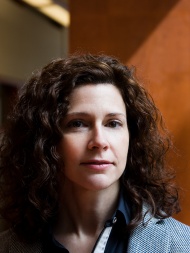
Vanderbilt scientist collaborates with Cajal Institute in Spain to train a bank of AI models to identify memory formation signals in the brain
The researchers, including Vanderbilt’s team led by Kari Hoffman, focused their efforts on the detection of hippocampal ripples, which are considered biomarkers of memory and are affected by epilepsy and Alzheimer’s disease. Read MoreApr 15, 2024
-
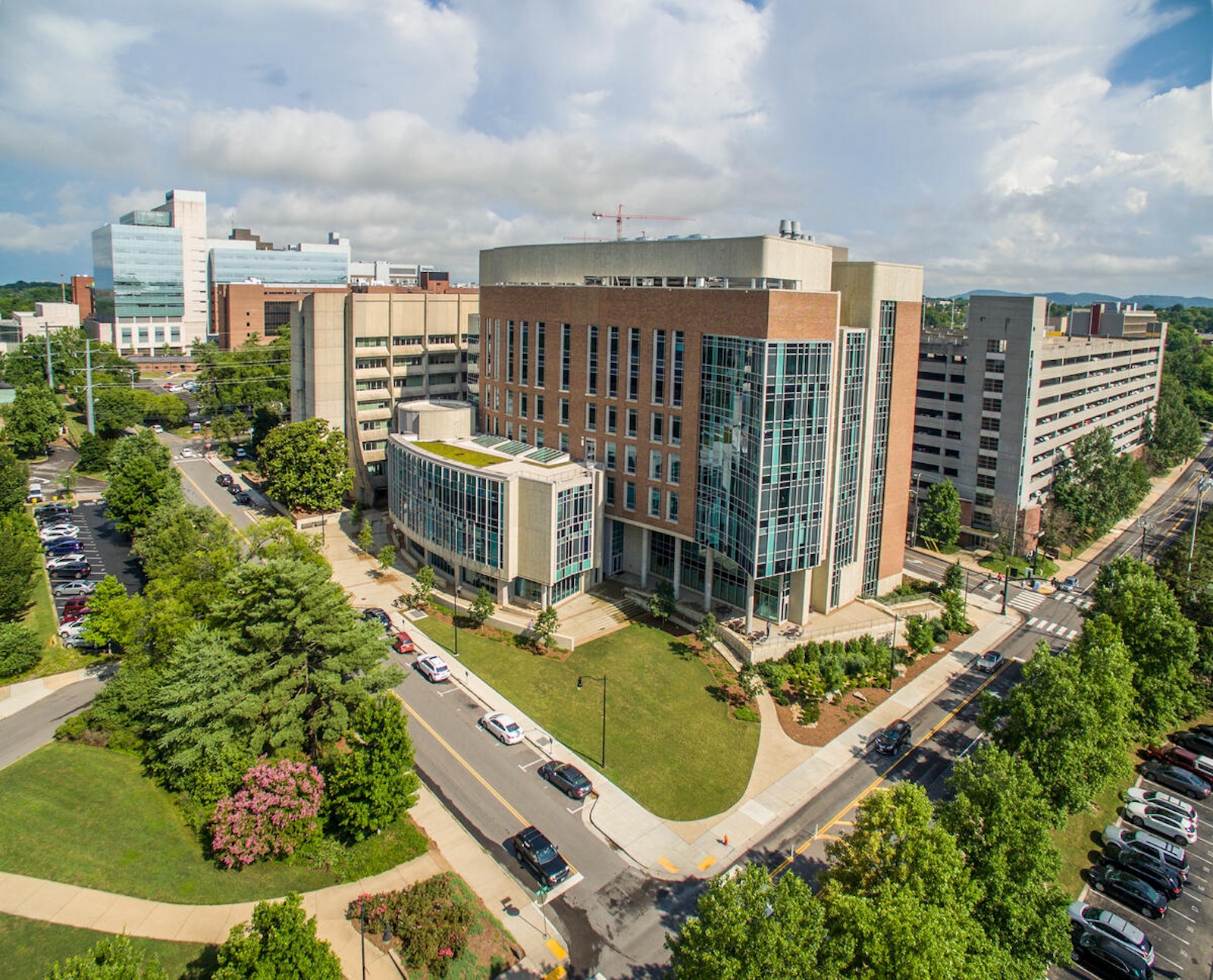
Vanderbilt adds new Environmental Engineering major
Beginning in the fall of 2024, Vanderbilt will offer an environmental engineering major for undergraduates through the Department of Civil and Environmental Engineering. Read MoreApr 4, 2024